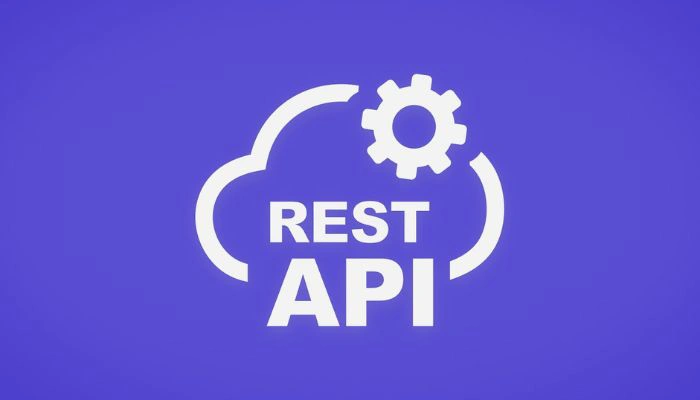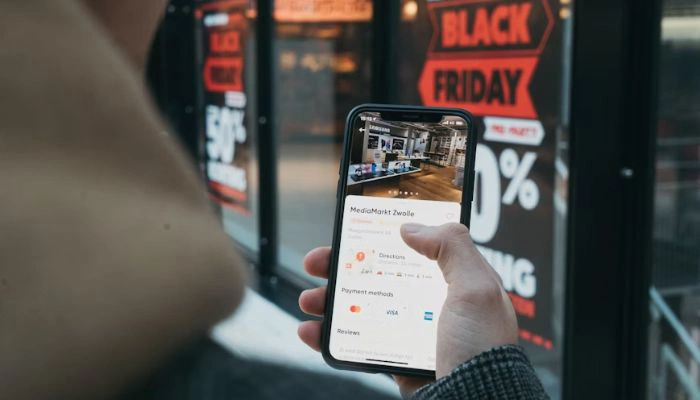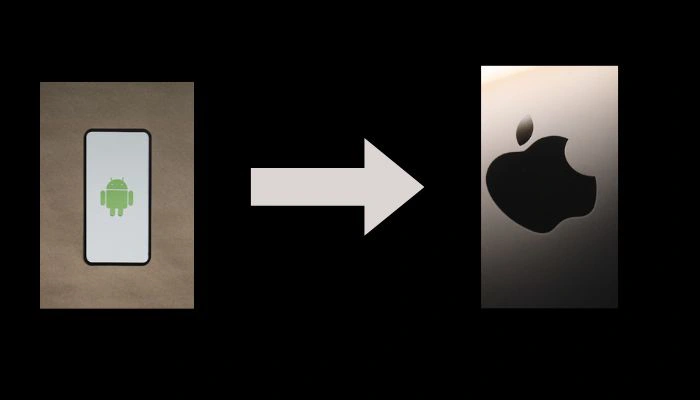Mastering Mobile App Marketing: Your Ultimate Guide to Growth
The mobile app economy is a bustling, competitive marketplace. With millions of applications available on the App Store and Google Play, simply having a great idea and a well-designed app is no longer enough to guarantee success. Standing out from the crowd and reaching your target audience requires a strategic, data-driven approach. This is where mobile app marketing comes in—the essential discipline that transforms your app from a digital ghost into a thriving, revenue-generating business. It’s the process of promoting your app to attract, engage, and retain users, building a community around your product that ensures its long-term viability.
Mobile app marketing is a continuous cycle of connecting with potential users from the moment they first hear about your app until they become a loyal, active customer. It’s a comprehensive strategy that spans everything from optimizing your app store listing to running targeted ad campaigns and nurturing user relationships with personalized communication. The ultimate goal is to acquire high-quality users at a sustainable cost, keeping them engaged for as long as possible to maximize their lifetime value. Understanding this complex ecosystem is the first step toward building a powerful presence and achieving phenomenal growth in the mobile world.
If you're an app developer, a startup founder, or a business looking to leverage the power of mobile technology, this guide is for you. We'll dive deep into the world of mobile app marketing, exploring the core strategies, essential channels, and critical metrics you need to master. By the end of this article, you will have a clear roadmap for creating a successful marketing plan that drives downloads, boosts engagement, and turns your app into a market leader. Read on to unlock the secrets to app growth and discover how a robust mobile app marketing strategy can be the single most important factor in your app's success.
The Foundation of a Successful Mobile App Marketing Strategy
A successful mobile app marketing strategy isn't about throwing money at ads and hoping for the best. It’s built on a strong foundation of research, optimization, and a deep understanding of your target audience. Before you even launch your first campaign, you must lay the groundwork to ensure every effort is as effective as possible. This involves focusing on two critical areas: App Store Optimization (ASO) and defining your user acquisition goals. These components are the bedrock upon which all other marketing activities are built.

App Store Optimization (ASO) is often referred to as the SEO for mobile apps, and it is a non-negotiable part of any mobile app marketing plan. ASO is the process of improving the visibility of your app in app stores, making it easier for potential users to find it organically. Since a significant portion of app discoveries happens directly within the App Store and Google Play Store, having a well-optimized listing is paramount. This includes several key elements that work together to attract clicks and conversions.
- App Title and Subtitle: These are the most critical text fields for ASO. Your app’s title should be concise, brand-focused, and include your most important keywords. The subtitle or short description should also contain relevant keywords that describe your app’s functionality and value proposition.
- Keywords: Thorough keyword research is essential. You need to identify the terms your target audience is using to search for apps like yours. Utilize tools to find high-traffic, low-competition keywords to incorporate naturally into your app’s metadata.
- App Description: While not a primary ranking factor, a compelling app description is vital for converting a view into a download. It should clearly explain the app's features, benefits, and unique selling points in an engaging way.
- Screenshots and Videos: Visuals are often the first thing a user sees. High-quality screenshots and a short, engaging video that demonstrates the app’s best features can significantly increase your conversion rate.
- Ratings and Reviews: App store algorithms consider ratings and reviews as a major trust signal. High ratings and positive reviews not only boost your ranking but also build social proof that encourages new users to download your app.
By perfecting your ASO, you create a powerful organic acquisition channel that works for you 24/7. It ensures that when users search for a solution your app provides, they find you at the top of the results. This organic traffic is not only free but also often leads to higher-quality users who are actively seeking out a solution like yours.
Understanding Your Audience: The Key to Effective User Acquisition
No amount of marketing spend will succeed if you’re targeting the wrong people. Effective user acquisition begins with a deep understanding of who your ideal user is. This is more than just knowing their age and gender; it’s about understanding their motivations, pain points, and digital behavior. Where do they spend their time online? What problems are they trying to solve? By creating detailed user personas, you can craft highly targeted campaigns that resonate with the right people.

Once you have a clear picture of your audience, you can choose the right channels to reach them. The mobile app marketing landscape offers a wide array of options, each with its own strengths.
- Paid Advertising: Platforms like Google Ads, Facebook, Instagram, and TikTok allow you to reach massive audiences with highly targeted ads. You can use demographic, interest-based, and behavioral targeting to show your ads to users who are most likely to download and engage with your app.
- Influencer Marketing: Partnering with influencers in your niche can be a highly effective way to build trust and reach a pre-qualified audience. An influencer’s endorsement acts as social proof, making their followers more likely to try your app.
- Content Marketing: Creating valuable content, such as blog posts, videos, or podcasts, can attract organic traffic and position your brand as an authority in your space. A well-written article that solves a problem your app addresses can be a powerful user acquisition tool.
- Referral Programs: Encouraging your existing users to refer friends and family is a cost-effective way to grow your user base. Offering incentives like in-app currency or exclusive features for successful referrals can fuel exponential growth.
The goal of user acquisition is not only to drive installs but to acquire users whose Lifetime Value (LTV) is higher than their Customer Acquisition Cost (CAC). By constantly tracking and optimizing your campaigns based on key performance indicators (KPIs) like install rate, cost per install (CPI), and LTV, you can ensure your marketing budget is being spent efficiently.
Beyond the Install: Strategies for Mobile App Retention and Engagement
Acquiring new users is only half the battle. A high churn rate—users who download your app and then quickly abandon it—can cripple your app’s growth. This is why mobile app retention is arguably the most important metric for long-term success. It’s far cheaper to retain an existing user than to acquire a new one. The key to high retention is to provide a seamless, valuable, and engaging experience that keeps users coming back.

The user journey doesn't end with a download; it begins there. A strong onboarding process is the first step toward retaining a new user. The first few minutes of a user’s experience are crucial. A well-designed onboarding flow should quickly showcase the app’s value, guide the user through key features, and get them to their "aha!" moment as quickly as possible. This makes them more likely to become an active, long-term user.
To keep users engaged and prevent them from churning, a multifaceted approach is required.
- Push Notifications: When used thoughtfully, push notifications can be a powerful tool for re-engagement. They can remind users about new features, special offers, or unfinished tasks. However, overusing them or sending irrelevant notifications can lead to users disabling them or, worse, uninstalling the app.
- In-App Messaging: This allows you to communicate with users while they are actively using your app. You can use in-app messages to announce updates, provide tips on how to use a feature, or prompt them to take a specific action, such as leaving a review.
- Email Marketing: Email is an excellent channel for building a long-term relationship with your users. You can send personalized newsletters, offer exclusive content, or provide helpful tutorials to keep your app top-of-mind.
- Personalization: Tailoring the user experience based on a user's behavior and preferences can dramatically increase engagement. This could mean showing personalized content, sending targeted offers, or even customizing the app's interface to match their usage patterns.
Mobile app retention is a continuous effort that involves listening to user feedback, analyzing data, and iterating on your product and marketing strategies. A user who feels understood and valued is a user who will stay.
Key Metrics and Channels for Mobile App Marketing Success
To know if your mobile app marketing efforts are working, you need to track the right metrics. Here's a quick overview of some of the most important KPIs to monitor.
| Metric | Description | Why It Matters |
| User Acquisition Cost (CAC) | The total cost of sales and marketing to acquire a new user. | Helps you determine the profitability of your campaigns. You want your CAC to be lower than your LTV. |
| Lifetime Value (LTV) | The total revenue a user is expected to generate throughout their relationship with your app. | This is the ultimate measure of a user's value. A high LTV means your app is providing sustained value. |
| Retention Rate | The percentage of users who return to your app after a specific period (e.g., Day 1, Day 7, Day 30). | A high retention rate indicates a healthy, engaging product and a satisfied user base. |
| App Store Rankings | Your app's position in search results for specific keywords | Crucial for organic discoverability. Higher rankings lead to more impressions and downloads. |
| Conversion Rate | The percentage of users who perform a desired action, such as downloading the app after viewing the store listing. | Helps you understand the effectiveness of your ASO and the quality of your traffic. |
| Daily/Monthly Active Users (DAU/MAU) | The number of unique users who open your app each day or month. | A key indicator of your app's overall health and engagement. |
Conclusion
Mobile app marketing is a dynamic and essential discipline for anyone hoping to succeed in today's crowded app market. It's not a one-time task but a continuous cycle of strategic planning, execution, and optimization. By focusing on a solid foundation of App Store Optimization, a deep understanding of your target audience for effective user acquisition, and a robust strategy for mobile app retention, you can build a sustainable and profitable app business. Remember to track your key metrics, listen to your users, and be willing to adapt your approach. The most successful apps are not just great products; they are products with a great marketing strategy behind them.
Ready to take your app to the next level? Our expert team can help you build and execute a winning mobile app marketing strategy that drives real, measurable growth. Contact us today to learn more about our services.









